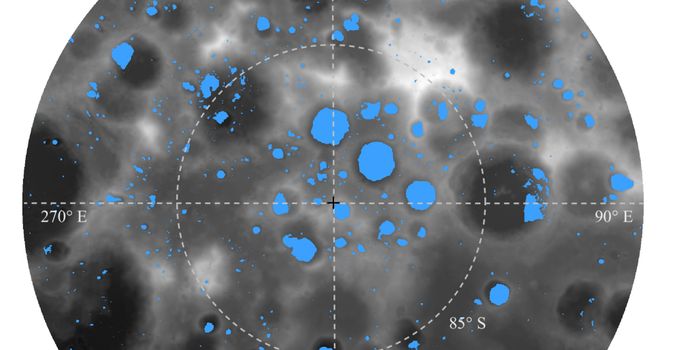Titan: The Hazy Moon
Titan, the largest moon of Saturn—The Hazy Moon, with its thick atmosphere and lakes of liquid methane and ethane, Titan has often been described as an analog for early Earth. This is because Titan contains all of the essential elements need for life—water, oxygen, carbon, and even has the right conditions for the existence of DNA, RNA, protein, and amino acids. Titan is the only moon in the solar system with an atmosphere and the only known planetary body aside from Earth to contain liquid on its surface. It is the second largest moon in the solar system and nearly one and a half times the size of our own moon. Titan is a fascinating world and a hotbed for studying its astrobiology potential.
Titan was discovered on March 25, 1655 by the Dutch astronomer Christiaan Huygens, but it took another 300 years until Titan was discovered to have an atmosphere by the Dutch-American astronomer Gerard Kuiper. This discovery was made by passing sunlight reflected from Titan through a spectrometer and detecting methane. Further telescope observations from Earth later revealed that Titan’s atmosphere was thick and hazy.
The first spacecraft to visit Titan was NASA’s Pioneer 11 in September 1979, followed by flybys of NASA’s Voyager 1 and 2 in 1980 and 1981, respectively. None of the instruments onboard these spacecrafts were able to penetrate Titan’s thick atmosphere, Voyager did, however, reveal that Titan had traces of acetylene, ethane, and propane, along with other organic molecules, and that its atmosphere was primarily nitrogen.
The most successful mission to study Titan was NASA’s Cassini, which took countless images of Saturn’s largest moon and was even able to penetrate its thick atmosphere using a suite of powerful instruments. Cassini revealed a world of countless lakes of liquid methane and sand dunes that move with Titan’s wind.
One major milestone for the Cassini mission was the Huygens probe, which was attached to Cassini at launch and later detached and landed on Titan’s surface, becoming the first spacecraft to land on a planetary surface in the outer solar system. It took breathtaking video of its descent through Titan’s thick atmosphere and sent back images of rounded rocks upon landing on the surface. While the probe itself lasted only an hour and 10 minutes on the surface due to its batteries being drained, this little probe sent back droves of data about Titan’s atmosphere and surface.
As stated, Titan is a hotbed for astrobiology research, and NASA has plans to go back to Titan in the coming years with the Dragonfly mission. Unlike Huygens, which was simply a lander, Dragonfly is a rotorcraft that will fly around Titan and further explore the possibility for past—or even current—life on the surface. Dragonfly is slated to launch in 2026 and arrive at Titan in 2034.
What secrets will Dragonfly reveal about the most intriguing moon in the solar system? Only time will tell, and this is why we science!
As always, keep doing science & keep looking up!
Sources: Medium, NASA Solar System Exploration (1), NASA Solar System Exploration (2), NASA Solar System Exploration (3), NASA








